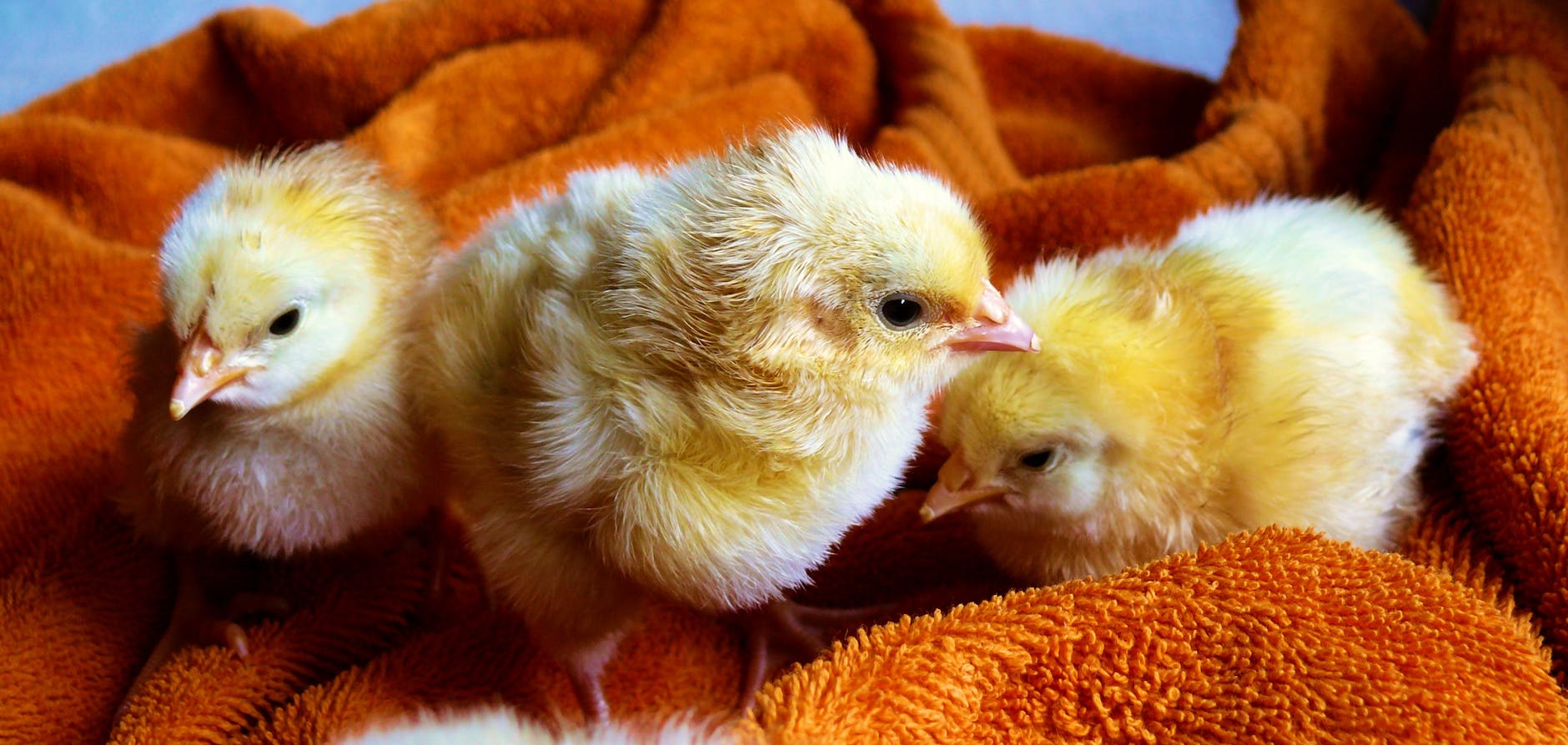
Selecting and Caring for Backyard Chicken Chicks: Equipment, Facilities, and Timeline
Learn how to select healthy chicks for your backyard chicken flock and provide the necessary equipment, facilities, and care to ensure their growth and well-being.
Chick Selection
When selecting chicks, look for ones that are active, alert, and have bright eyes. Avoid chicks that are lethargic, have matted feathers, or have discharge around their eyes or nostrils. It’s also best to purchase chicks from a reputable hatchery or breeder to ensure quality and disease-free birds.
Equipment and Facilities
Before bringing chicks home, make sure you have the necessary equipment and facilities to care for them. You’ll need a brooder box, heat lamp, feeder, waterer, bedding, and chick starter feed. The brooder box should be large enough for the chicks to move around freely and have a temperature range of 90-95°F for the first week. Gradually decrease the temperature by 5°F each week until the chicks are fully feathered and can regulate their own body temperature.
Timeline for Growth and Care
During the first week, chicks need 24/7 access to water and chick starter feed. Check the brooder box often and clean up any wet or soiled bedding. In week two, start adding some chick grit to their feed to aid in digestion. By week three, you can start introducing treats like mealworms and fresh greens.
By week four, the chicks should be fully feathered and ready to move to a larger coop with an outdoor run. Make sure the coop is predator-proof and has adequate ventilation. Continue to provide a balanced diet, fresh water, and clean bedding. You can also start adding oyster shell to their feed to ensure they get enough calcium for strong eggshells.
Around week 16-20, the hens should start laying eggs. Collect eggs daily and provide a nesting box filled with clean bedding. As the birds mature, monitor their health and behavior for any signs of illness or stress. Consult a veterinarian if you have concerns.
Recommended Timeline for Backyard Chicken Care
| Week | Care |
|---|---|
| 1 | Provide 24/7 access to water and chick starter feed. Keep brooder box clean and temperature between 90-95°F |
| 2 | Add chick grit to their feed for digestion |
| 3 | Introduce treats like mealworms and fresh greens |
| 4 | Move chicks to a larger coop with an outdoor run. Ensure coop is predator-proof and has adequate ventilation |
| 16-20 | Hens should start laying eggs. Collect daily and provide nesting box with clean bedding |
Recommended Equipment for Backyard Chicken Care
| Equipment | Description |
|---|---|
| Brooder box | Enclosure for chicks with heat lamp, bedding, feeder, and waterer |
| Heat lamp | Provides warmth for chicks in brooder box |
| Feeder | Holds chick starter feed |
| Waterer | Provides clean water for chicks |
| Chick starter feed | Balanced feed for growing chicks |
| Chick grit | Aids in digestion |
| Oyster shell | Provides calcium for strong eggshells |
In summary, selecting and caring for backyard chicken chicks requires proper equipment, facilities, and attention to their growth and development. By providing a safe and healthy environment, nutritious food and water, and regular monitoring, you can enjoy the benefits of fresh eggs and a happy, thriving flock.